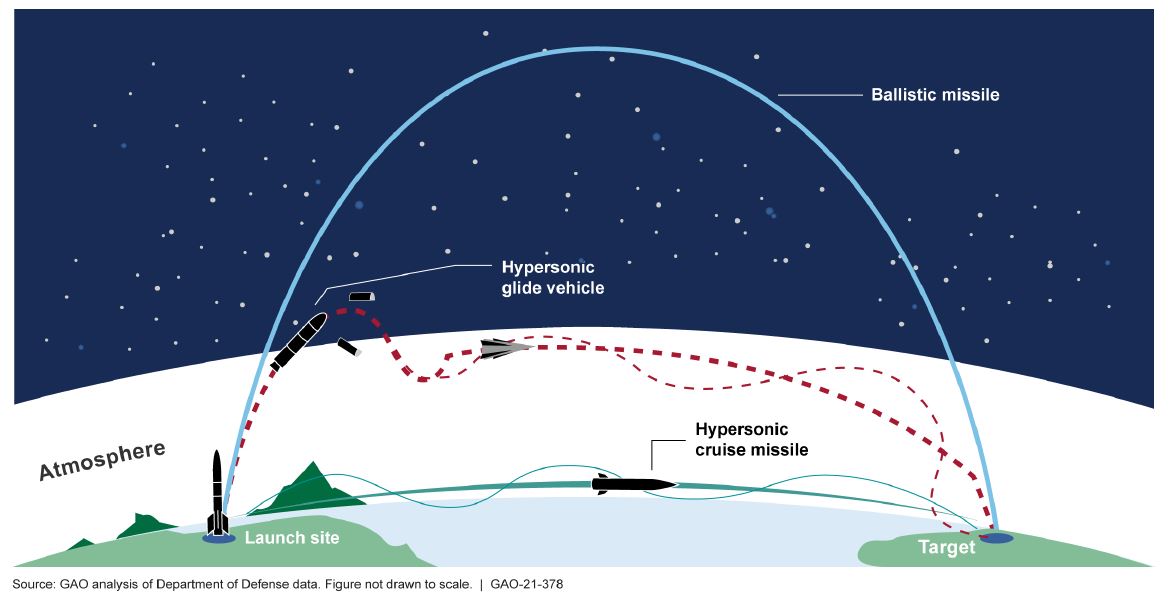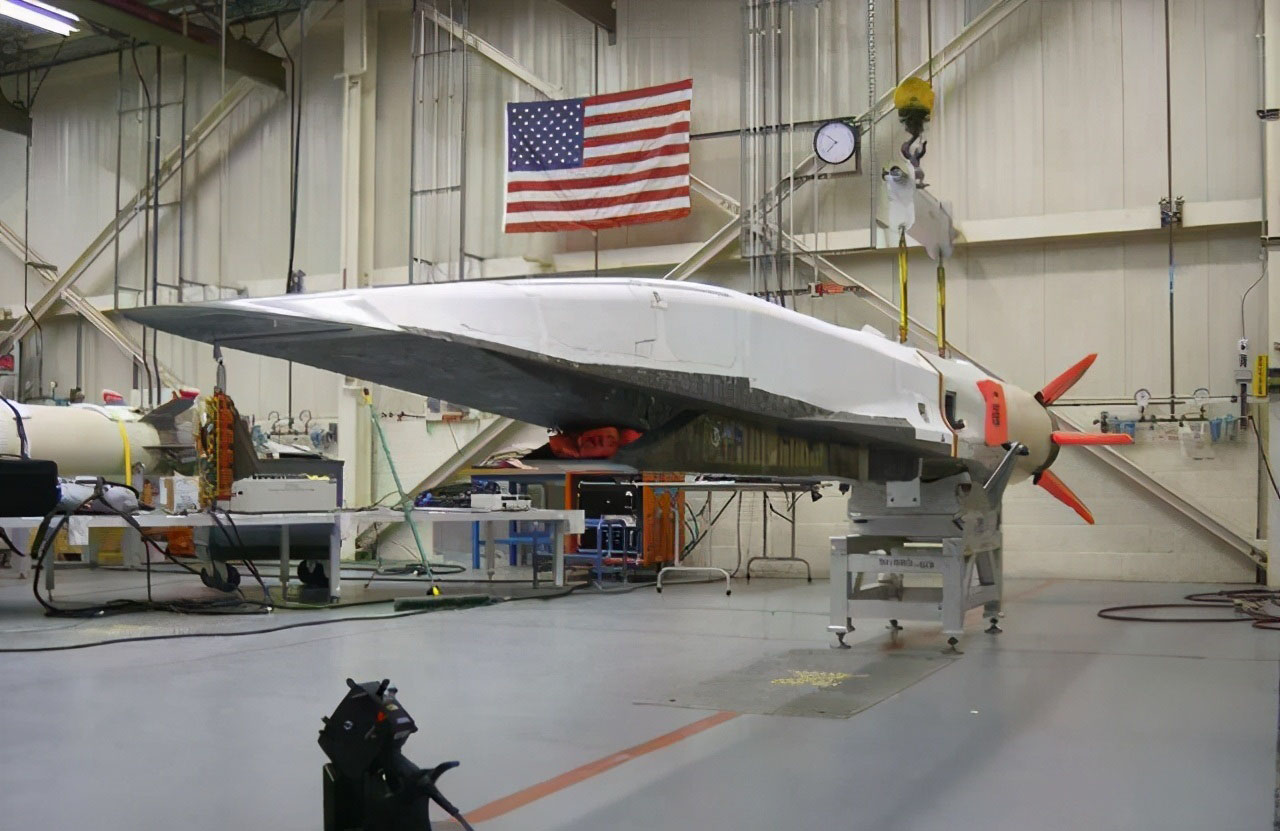US to develop new Hypersonic Interceptor System
IRIA - November 27, 2021

Hypersonic weapons are the latest and most advanced progress in the realm of modern warfare techniques. So far, China and Russia are running far ahead of the U.S. in the race of hypersonic weapons development. China already has hypersonic missiles in its arsenal with the capability of achieving hypersonic speeds in lower atmospheres to avoid being detected by the radar systems and travel all around the globe with high maneuverability and hit the target from unconventional directions. While Russia is close behind in hypersonic missiles development. This does not only pose an imminent threat to the U.S. of being attacked from unconventional routes but also challenges its status as leader of weapons technology in the world.
The U.S. Department of Defense has been under severe pressure because of China and Russia’s increasing hypersonic capability. To catch up with the technology and to counter the effectiveness of hypersonic weapons, the Pentagon has gotten in contract negotiations with the leading weapons manufacturing firms specifically targeting the hypersonic weapons technology and counter-hypersonic missiles technology.
Pentagon announced on November 19, 2021, that U.S.’s top weapons manufacturer firms Northrop Grumman, Lockheed Martin, and Raytheon have been selected to design and manufacture the Glide Phase Interceptor (GPI), a missile system capable of intercepting and countering the hypersonic missile attack. According to Missile Defense Agency’s (MDA) statement, Raytheon Missiles and Defense was granted $20.97 million, Lockheed Martin $20.94 million, and Northrop Grumman $18.95 million respectively. Each vendor has been directed to provide concept designs for prototypes by September 2022.

Although there has been significant progress in hypersonic weapons technology, counter-hypersonic weapons systems are still a far-fetched dream for major defense powers. Therefore, the Department of Defense’s effort to explore this new dimension in hypersonic weapons technology puts the United States back to the top in the hypersonic arms race.
MDA’s Sea-based Weapon Systems program officer, Rear Admiral Tom Druggan, said in a statement, “We are thrilled to have these contractors working with us to develop design concepts for the GPI… “Multiple grants enable us to execute a risk reduction phase to investigate industry solutions and exploit the benefits of a competitive environment to demonstrate the most effective and dependable Glide Phase Interceptor for regional hypersonic defense as soon as possible.”
The Hypersonic Interceptor
However, designing a hypersonic interceptor would be a challenging task, since the existing interceptor technologies are mainly designed to counter ballistic missiles and even those technologies are not advanced enough to result in 100% success every single time. A hypersonic missile is entirely different in its operation when compared with a ballistic missile. The existing U.S. missile defense systems cannot be upgraded to be used to counter hypersonic missiles and the manufacturers have to come up with new designs and techniques to execute the counter-hypersonic missile system.
Raytheon released a statement on November 19 saying that the interceptor system’s initial development phase “will focus on decreasing technical risk, rapidly creating technology, and demonstrating the capacity to intercept a hypersonic threat.”
Lockheed Martin currently holds access to the most advanced missile countering system. After some major upgrades, the Baseline 9.2.1 system can acquire the capability to detect hypersonic movements. Instead of using conventional radar waves, Baseline 9.2.1 uses subjected rays to detect a threat. This technology is already embedded and deployed in Aegis Destroyers. However, the hypersonic missiles take a gliding path that is close to the surface, which makes it hard to detect and intercept.
With the National Defense Authorization Act (NDAA) close to being presented in Congress and the increasing threat of hypersonic weapons, the U.S. is speeding up its hypersonic interception technology while still focusing on its own hypersonic weapons.
 The X-51A WaverRder made its first hypersonic flight May 26, 2010 off the southern California Coast. (Image Credit: U.S. Air Force)
The X-51A WaverRder made its first hypersonic flight May 26, 2010 off the southern California Coast. (Image Credit: U.S. Air Force)
Earlier in 2019, NDAA for FY2019-20 approved the required financial assistance for research and development of hypersonic weapons system, which led the Department of Defense to approve several initiatives to develop and test the hypersonic capability. At present, Raytheon and Lockheed Martin are also working with the U.S. Air Force and DARPA on scramjet-powered hypersonic missiles under the Hypersonic Air-breathing Weapon Concept program.
Related Reports/Articles
Regions
Issues





























